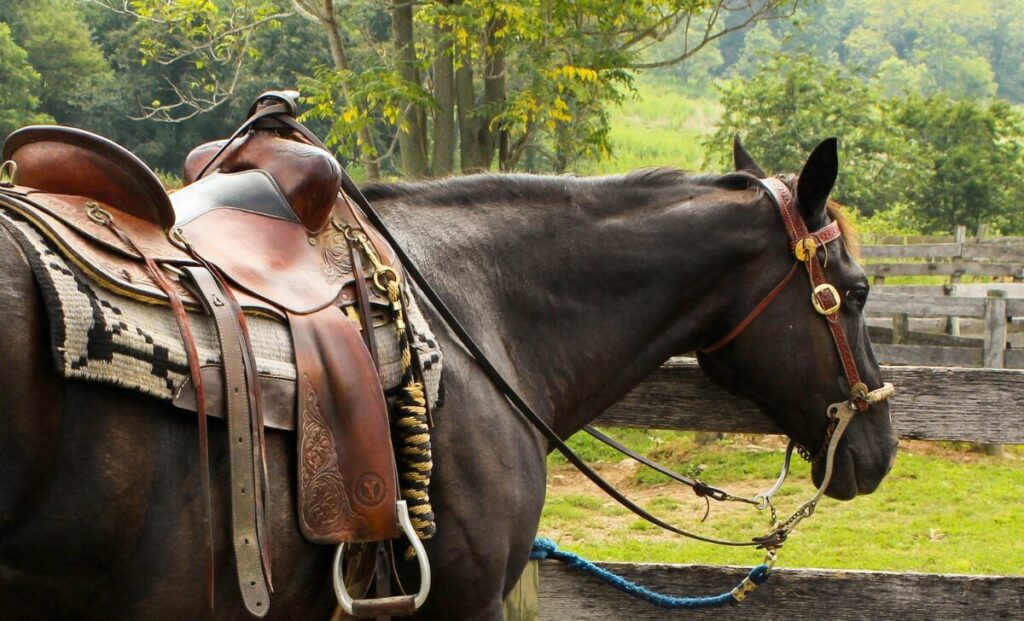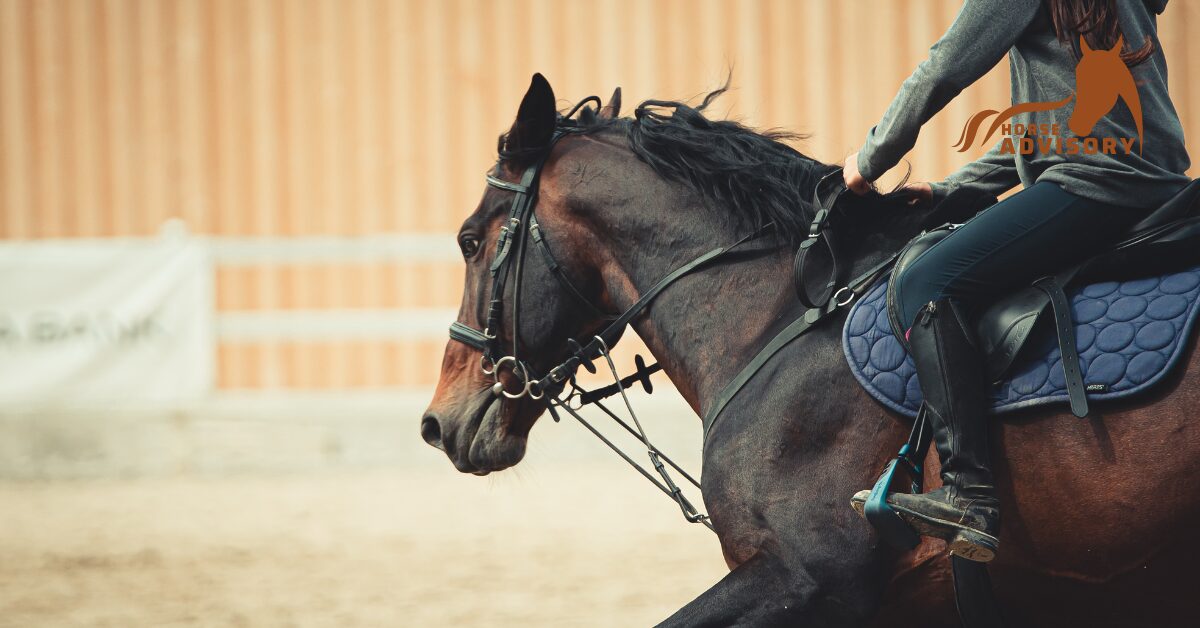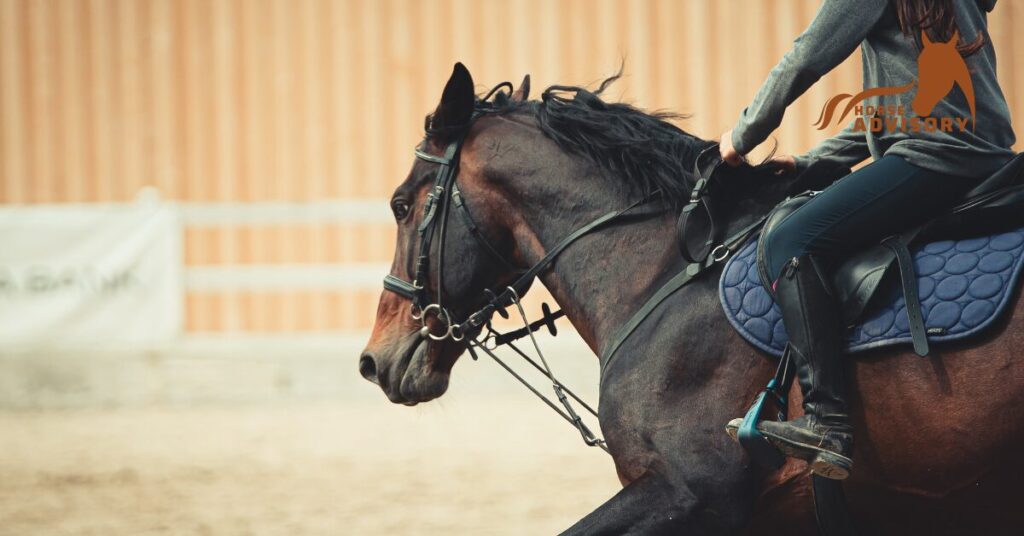Many people enjoy horseback riding without realizing the essential equipment required to ensure the safety and comfort of both rider and horse. Among these necessities, a saddle stands out as a crucial item, providing support and stability for the rider atop the horse’s back. With numerous brands offering saddles at competitive prices online, selecting the ideal one can be daunting, especially when relying solely on images rather than physical inspection.
Choosing the right saddle entails careful consideration of several factors to ensure compatibility with your horse and your needs. In this guide, we aim to assist our customers in navigating the selection process, helping them find the perfect saddle that combines quality, suitability, and affordability.
Key Points to Remember While Selecting the Saddle
1. Purchase the saddle with the correct seat size!
Selecting the correct seat size when purchasing a saddle is fundamental to ensuring a comfortable and balanced riding experience for both the rider and the horse. The seat size plays a crucial role in accommodating the rider’s dimensions, providing adequate support, and promoting proper alignment while in the saddle.
A seat that is too small can lead to discomfort, restricted movement, and potential pressure points, impacting the rider’s ability to maintain a secure position and communicate effectively with the horse. Conversely, an oversized seat may hinder the rider’s stability and control, affecting their riding posture and overall performance.
Matching the saddle’s seat size to the rider’s proportions is essential for balance, weight distribution, and effective communication with the horse. A well-fitted seat enables riders to engage core muscles, establish a secure position, and convey subtle cues. The right seat size enhances comfort, confidence, and focus during riding sessions, fostering a positive partnership based on clear communication signals.
2. To have a better experience, choose the right tree size as well!
When selecting a saddle, considering the tree size is crucial as it directly influences the fit and comfort of the saddle on your horse’s back. The tree size, representing the width of the saddle’s foundation, determines how well the saddle conforms to your horse’s anatomy. Choosing the correct tree size ensures that the saddle distributes weight evenly, reduces pressure points, and promotes optimal support for your horse during rides.
Opting for the appropriate tree size not only enhances comfort but also plays a key role in preventing discomfort or potential injury for your horse. A well-fitted saddle with the right tree size allows for proper weight distribution along the horse’s back, ensuring that the saddle sits securely without causing unnecessary strain or restriction. By selecting the optimal tree size, you prioritize your horse’s well-being, comfort, and overall performance, creating a harmonious riding experience for both you and your equine companion.

3. Ensure your Saddle stays in the centre
Ensuring that your saddle remains centered on your horse’s back is crucial for maintaining stability and balance during rides. By keeping the saddle correctly positioned in the center, you help distribute weight evenly, preventing the development of uncomfortable pressure points and allowing your horse to move freely and comfortably. This proper alignment enhances both the performance and comfort of your horse, facilitating a harmonious riding experience for both rider and equine partner.
4. Style of Saddle
Once you have confirmed the saddle seat and tree measurements, you can proceed to select the appropriate saddle style based on your horse’s needs. The available saddle styles include:
- Dressage Saddle: Ideal for competitive events and horse racing, dressage saddles are designed for rigorous activities and maintaining the rider’s posture at the correct angle.
- General Purpose Saddle: Suited for riders on flat terrains, involved in schooling or training horses, general purpose saddles feature deeper seats and shorter flaps for improved balance, coordination, and flexibility during movements.
- Jump Saddle: Designed with a flat seat surface to ensure close contact between the rider and the horse, jump saddles prioritize rider comfort during jumping activities and other dynamic maneuvers.
5. Choose the Right Saddle for the Rider as well
While many riders may not prioritize it, selecting a saddle that fits the rider well is paramount. This consideration is especially crucial for individuals focused on proper horse riding technique.
There are various methods to determine if a saddle fits properly. Riders using ill-fitting saddles often encounter the following issues:
- Back pain
- Knees extending over the flap
- Adjusting the top of the boot frequently
- Difficulty maintaining a comfortable seating position
What if the Saddle is not the right fit?
It is crucial to note that an improperly fitted saddle can cause concern for both the rider and the horse, leading to potential issues. Various factors can contribute to an ill fit, such as:
- Engaging in rigorous training sessions
- Changes in the horse’s weight
- Incorrect rider positioning
- Carrying excessive aids while riding
Using a well-maintained saddle contributes to providing essential support, safety, and comfort for both the rider and the horse. Ensuring a proper fit enhances confidence during rides and promotes unhindered movement for the horse. Recognizing signs of an ill-fitted saddle is important:
- Imbalance on either side of the saddle
- Misplacement of the cantle
- Irregular curvature
- Behavioral changes or distress in the horse
It is vital to address saddle fitting issues without causing harm to the animal. Placing an uneven saddle on the horse can distress the animal and disrupt the riding experience. Prioritizing a correctly fitted saddle benefits both the rider and the horse, ensuring a comfortable and harmonious riding experience.
Conclusion
Choosing the right saddle for your horse is a multifaceted process that necessitates attention to detail, consideration of both horse and rider requirements, and a commitment to ongoing evaluation and adjustment. By prioritizing proper fit, comfort, and functionality in your saddle selection, you can enhance the riding experience, promote healthy movement, and foster a harmonious partnership between you and your horse. Invest time and effort in finding the perfect saddle match, as it forms the foundation for successful and enjoyable rides for both you and your cherished equine companion.





